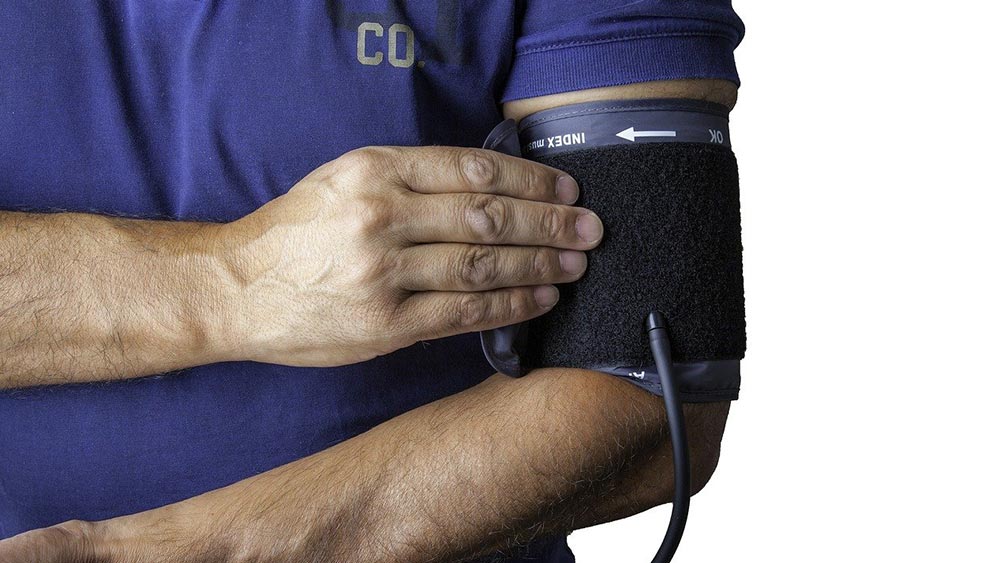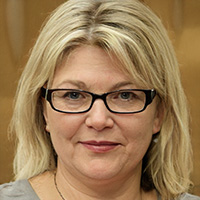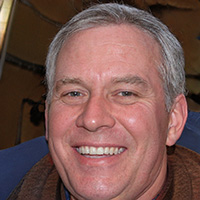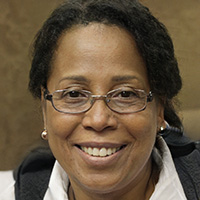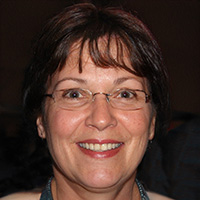Table of contents
- What is blood pressure?
- What is the normal blood pressure in senior citizens?
- Blood pressure in senior citizens: Types of hypertension
- Causes of high blood pressure or hypertension in senior citizens
- Blood pressure in senior citizens: How to lower it
- Main symptoms of a low pressure or hypotension
- How to raise your blood pressure
- How to take blood pressure?
What is blood pressure?
Blood pressure in senior citizens. Blood pressure, or arterial pressure, refers to the force that blood exerts when circulating inside the arteries. This force allows oxygen and different nutrients to be transported throughout the body. In this article, Nomenial finds out more:
There are two types of blood pressure:
Systolic blood pressure: It is produced when we are active.
Diastolic blood pressure: It is produced when we are at rest.
Both the systolic and diastolic blood pressure are blood pressure meters and we must ensure that they do not exceed the maximum values. The systolic pressure cannot exceed or decrease 120 millimeters of mercury (hereinafter mm Hg) and the diastolic pressure cannot exceed or decrease 80 mm Hg. If it exceeds these values, we are talking about having a high pressure, and if it decreases, we are talking about having a low pressure.
What is the normal blood pressure in senior citizens?
Normal reference blood pressure values have been determined for all ages. These values are:
Systolic blood pressure: 120 mm Hg.
Diastolic blood pressure: 80 mm Hg.
High blood pressure or hypertension in older people: values
High blood pressure or hypertension is one of the main diseases suffered by senior citizens. This disease can start treating us with cardiovascular diseases such as: stroke, heart failure or myocardial infarction.
The possibility of having arterial hypertension increases with age and it is a disease that more than half of the people over 65 years old suffer from.
High blood pressure is characterized by having these values:
Systolic blood pressure: equal to or greater than 140 mm Hg.
Diastolic blood pressure: equal to or greater than 90 mm Hg
Main symptoms of high blood pressure or hypertension
High blood pressure can lead to cardiovascular disease, as we have said, usually asymptomatic (that does not present any symptoms) and we have to take this into account.
For this reason, if it is observed that the patient has high blood pressure very frequently, he or she may suffer some of these symptoms:
Dizziness.
Fatigue.
Headache.
Nose bleeds.
Palpitations.
Tinnitus (perception of noise and buzzing in the ear).
Alterations of the vision.
Tingling in hands and feet.
Blood pressure in senior citizens: Types of hypertension
On the one hand we have primary hypertension, which causes 90% of hypertension cases. It has no known causes but it is aggravated by age and unhealthy lifestyle.
On the other hand we have secondary hypertension, which is caused by different diseases such as diabetes, kidney disease or cardiovascular problems.
Causes of high blood pressure or hypertension in senior citizens
Blood pressure can be increased by the following risk factors:
Suffering from diabetes.
Eating foods with an excess of salt, fats and sugars.
Having obesity.
Suffering from sleep apnea (respiratory disorder).
Sedentarism.
Consumption of alcohol and drugs.
To smoke tobacco.
To suffer hormonal diseases.
Suffering renal diseases.
In case of not suffering from these factors, it is important that the older people carry out daily physical exercise and have a healthy diet.
Blood pressure in senior citizens: How to lower it
Balanced diet: the first thing to do is to eliminate salt and excess fat. After this, the consumption of fruit, vegetables, legumes, blue fish and olive oil should be increased in the diet.
Do not smoke or drink alcohol in excess: the ideal in case of high tension would be to eliminate the consumption of both or, if necessary, limit it to the maximum.
Exercise: walks and gentle exercise suitable for older people will help moderate the tension.
Low tension or hypotension in older people: values
Low blood pressure or hypotension is common in older people. Like high blood pressure, low blood pressure can also lead to cardiovascular problems.
The possibility of having low tension or hypotension increases depending on the state of health that the patient has, but it usually manifests itself through
Excessive consumption of alcohol and drugs.
Consumption of medicines such as: analgesics, antidepressants, anxiolytics and diuretics.
Suffering from hypotensive shock (drop in blood pressure).
Suffering from vasovagal syncope (suffering from very strong emotions such as anxiety, stress..)
Having an orthostatic hypotension (change of position, from sitting to standing suddenly).
Having a chronic low blood pressure due to diabetes or anemia.
Low blood pressure is characterized by having these values:
Systolic blood pressure: less than 90 mm Hg.
Diastolic blood pressure: less than 60 mm Hg.
Main symptoms of a low pressure or hypotension
A patient who has low blood pressure very often can suffer a wide range of symptoms that often develop in a chronological manner. The main symptoms of suffering from low blood pressure are the following:
Dizziness.
Fatigue.
Dizziness.
Fainting.
Nausea.
Blurred vision.
Lack of thirst.
Fast breathing.
Dizziness.
Cold or wet skin.
Instability (risk of falling).
Tachycardia.
Causes of low tension or hypotension
To prevent older people from suffering from low blood pressure or hypotension, it is important to incorporate these guidelines into your daily routine:
Do not sit still for long periods of time throughout the day.
Have a healthy eating habit by avoiding large, fatty meals.
Wear compression stockings to improve blood circulation in the legs.
Sleep in a position with your head higher than the rest of your body.
Exercise daily, but especially walk to improve circulation.
Avoid medications that aggravate low blood pressure
How to raise your blood pressure
Drink plenty of water: drinking liquids, and specifically water, is very important in order to raise your blood pressure. The best thing to do is to drink two liters of water a day.
Slightly increase salt consumption: although salt is unhealthy, increasing salt consumption in small amounts without abusing it will help to restore tension.
Mental exercises: Doing sudoku and crossword puzzles helps to increase mental agility, and also blood pressure.
Sleeping with your head higher: This home remedy is quite effective. We simply need to add an extra pillow when we sleep to keep our head higher. It is important that this does not generate neck or cervical pain.
Decompensated blood pressure
The term “decompensated”, referring to decompensated blood pressure, is a popular, non-medical word that refers to when the blood pressure values, both systolic and diastolic, are too close together.
The correct medical approach is to talk about normal blood pressure values (120/80 mm Hg), high or hypertension (140/90 mm Hg) and low or hypotension (90/60 mm Hg). We never have to use the term “unbalanced” to talk about blood pressure.
How to take blood pressure?
To be able to take blood pressure it is necessary to use blood pressure monitors and it is advisable to do so:
The patient must be at rest for 3 minutes before taking the pressure.
30 minutes before, not having drunk caffeine and alcohol, smoking or doing intense exercise.
Wait for an average of 30s and 1min to take the pressure again.
On the other hand, the blood pressure is measured in mm Hg but the only thing we need to know are the values in order to know how the patient is doing.
